The Ultimate Guide to Marketing Your Crowdfunding Campaign
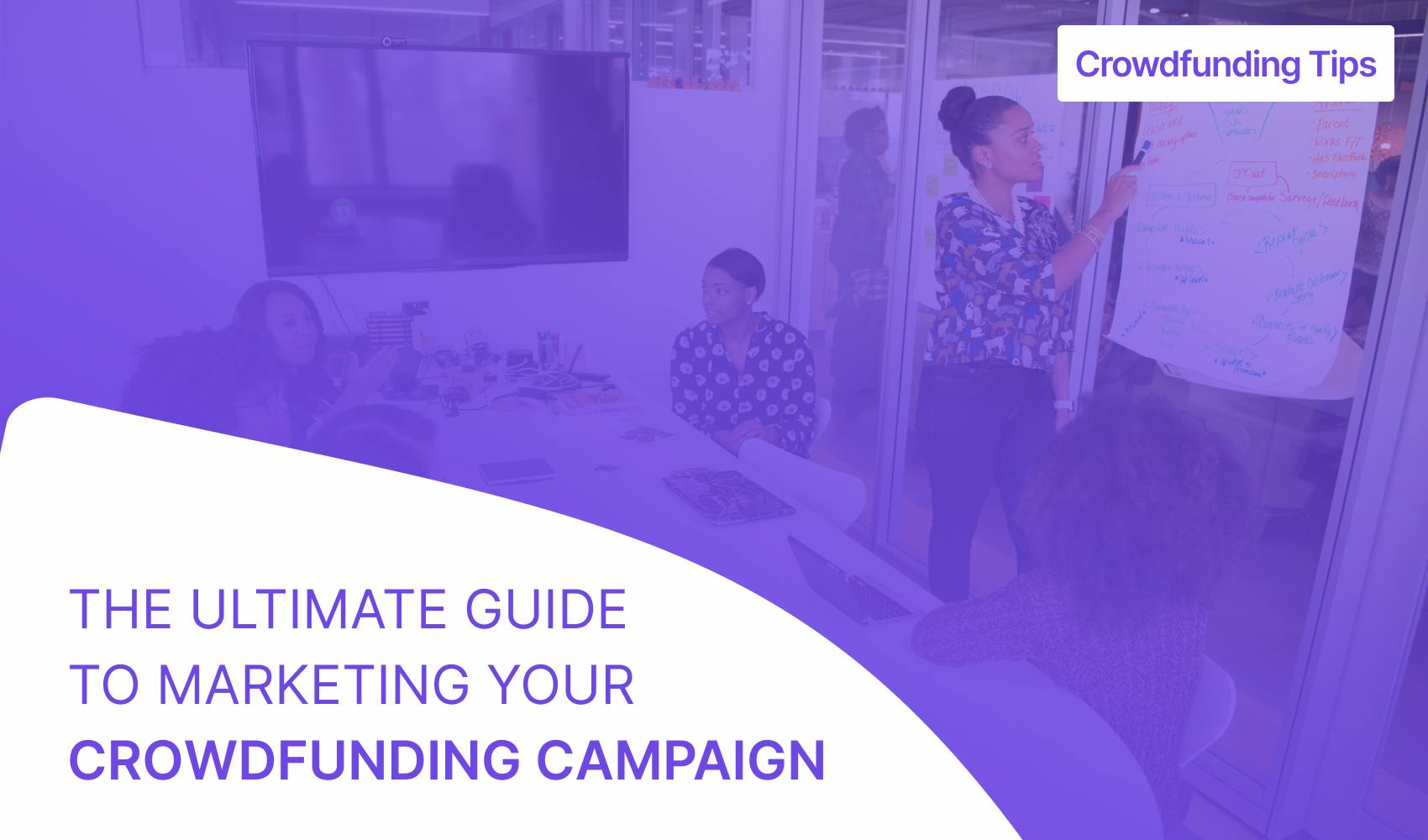
So, you’re launching a crowdfunding campaign! If this is your first time around, you’re probably already starting to realize just how much work goes into running a crowdfunding campaign, and all the things you need to consider. There is a laundry list of questions you need to answer before going live, like:
- How much money do you actually need to raise to be able to take your project from funding to fulfillment?
Make sure you don’t overlook any expenses with this handy list - What kind of rewards will you offer?
Need some reward ideas? Here are 96 of them - How will you communicate with your backers?
Here are some tools you can use to make communication easier
How will you spread the word about your campaign?
If you’re reading this, you’re already ahead of the game in identifying just how important your marketing plan is to your crowdfunding campaign. This blog will cover the following topics to ensure your marketing plan is watertight and ready to execute:
1. Best tools to use to promote your crowdfunding campaign (+ costs!)
2. How to know if your marketing is working
3. Marketing terms you need to know
Let’s dive right in!
Best tools to use to market your crowdfunding campaign
There are a ton of great tools and methods (both free and at a cost) to help create beautiful content, spread the word about your crowdfunding campaign, and measure the success of your efforts. We’ve highlighted some of our favorites below, with a breakdown of cost and functionality!
Creating Content:
1. Canva
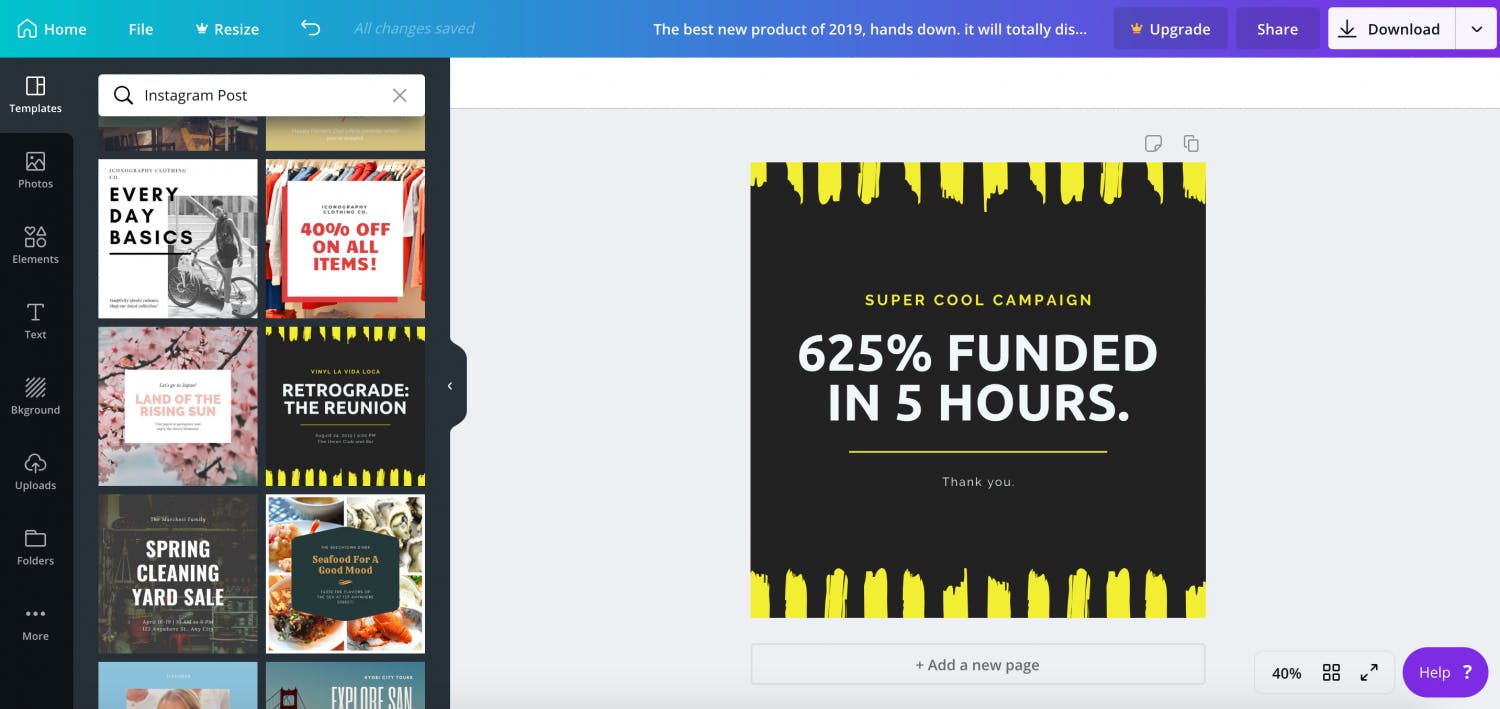
Website:
https://www.canva.com/
What it does:
Canva is a fantastic tool to use to create captivating logos, social sharing images, print materials, and more— in minutes! It’s an easy-to-use design software with a huge inventory of templates that you can use for free. Canva’s editor is so simple and adaptive that even beginners can create beautiful images and graphics to use in their campaigns.
Why it matters:
It only takes about 50 milliseconds for people to form an impression about your brand, so visuals are everything! (Source: Taylor & Francis Online). Not only does beautiful photography and graphic design help capture attention and sell your products, it also speaks volumes about your brand. Great visual design tells people that you care; it communicates professionalism, trustworthiness, and quality. Think about it— if you were in the market for a luxury watch and came across a company using comic sans and MS Paint to design their website, would you feel compelled to buy from them? No! You would hit that back arrow as fast as you could and move onto the next watch store. Consider how you want your prospective backers and customers to perceive your brand, and make sure your visual assets align with your goals and intentions.
How much it costs:
FREE!
Canva offers both free and paid plans, as well as a free trial on their paid tiers. Learn more about their pricing here.
2. Upwork
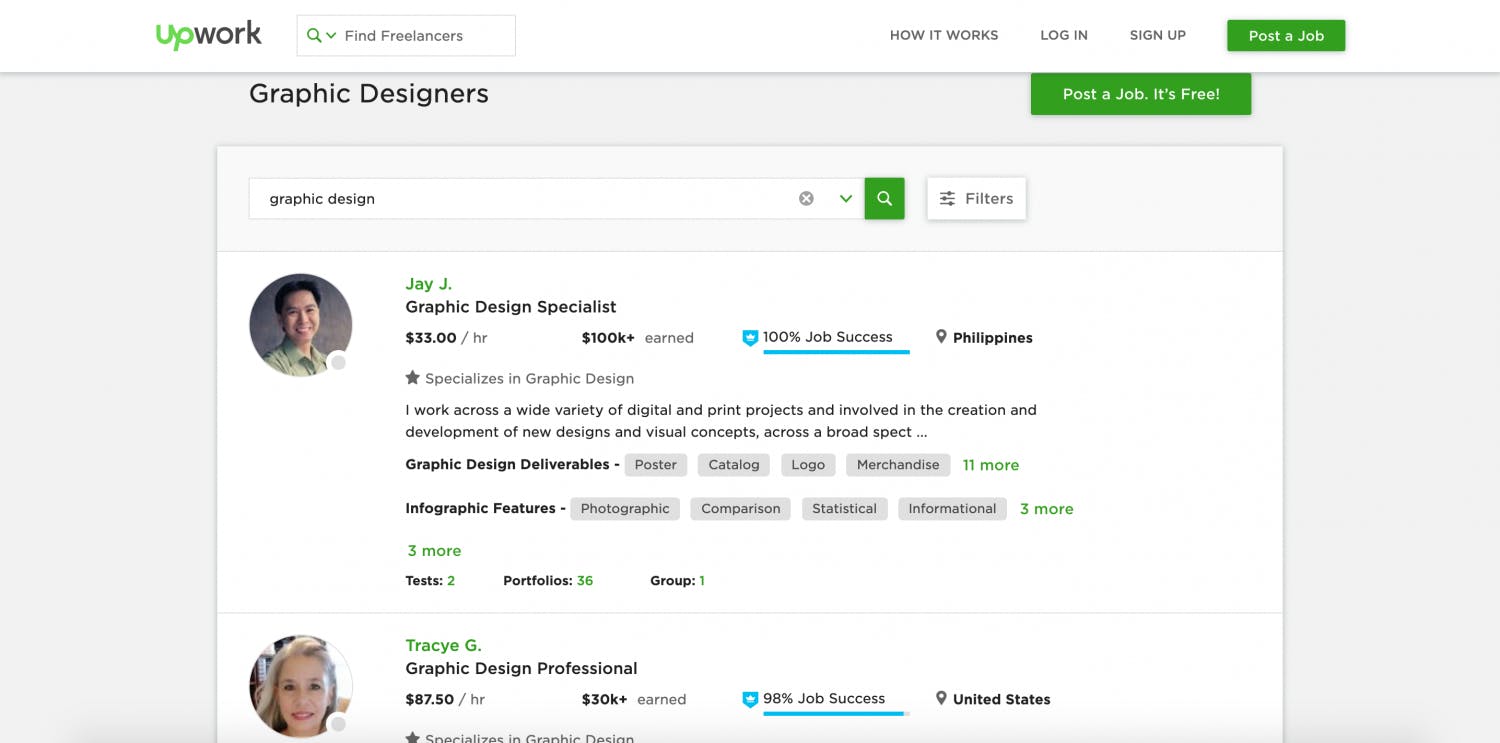
Website:
https://www.upwork.com/
What it does:
Upwork brings together talented Freelancers from all over the world to bid on your work. You’ll find a range of talent, from programmers to designers, writers, customer support reps, and more. If copywriting or design isn’t your thing (or if you simply don’t have time to manage it all), Upwork is a great option for outsourcing your work. All you have to do is post a job with your project details and required skills, and Upwork will send you a list of pre-qualified candidates. Browse Freelancer profiles, review proposals, schedule a chat, and select the best candidate to work with you on your project!
Why it matters:
Your crowdfunding campaign is going to demand A LOT of your time— so spend it wisely! Focus your efforts on the areas you excel in, and let the experts take care of the rest. Getting a professional to handle aspects of your project or business, like your graphic design or copywriting, will actually end up saving you time and money by getting it right the first time.
How much it costs:
Wages + 3%.
Upwork is free to browse through and post jobs. You only have to pay the amount you agreed upon with your Freelancer plus Upwork’s 3% transaction fee. Upwork also has tiered pricing with additional benefits for an additional cost. Learn more about their pricing here.
Spreading the Word:
1. PR Newswire
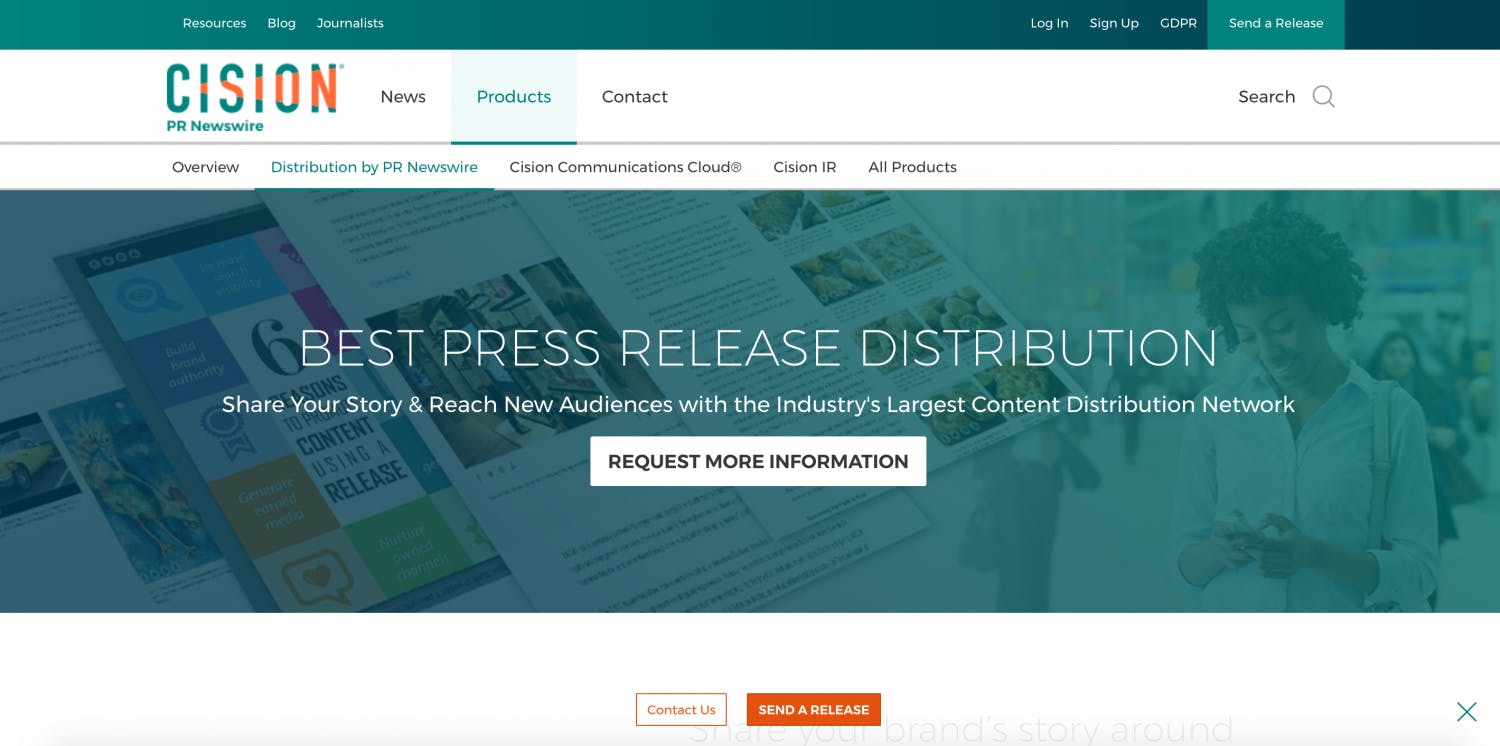
Website:
https://www.prnewswire.com/
What it does:
PR Newswire offers a range of services, but the most important one to highlight here is their press release distribution network. When you have something newsworthy to share (like launching a crowdfunding campaign for a kick-ass new product!) it is good practice to write and distribute a press release to make it easy for the media to talk about you. PR Newswire has a huge distribution network of media outlets, websites, and social media channels to help you get the word out about your crowdfunding campaign.
Why it matters:
When a news outlet or blog chooses to write about you, it is called earned media (or free media). It is publicity gained through promotional efforts (i.e. a press release) rather than through ad spend. Press releases and other forms of earned media are great ways to get the word out about your project, without having to break the bank! Writing the press release is only half the battle— distributing it and having the press pick it up is another story. PR Newswire makes it easy to connect with industry-related media outlets that are already searching for the latest scoop.
How much it costs:
Pricing varies depending on the geographic region you are targeting, the number of releases you are sending, and whether or not you are a member. It can cost a few hundred dollars per press release, but it is best to get in contact with PR Newswire for a more accurate quote.
2. Social Media
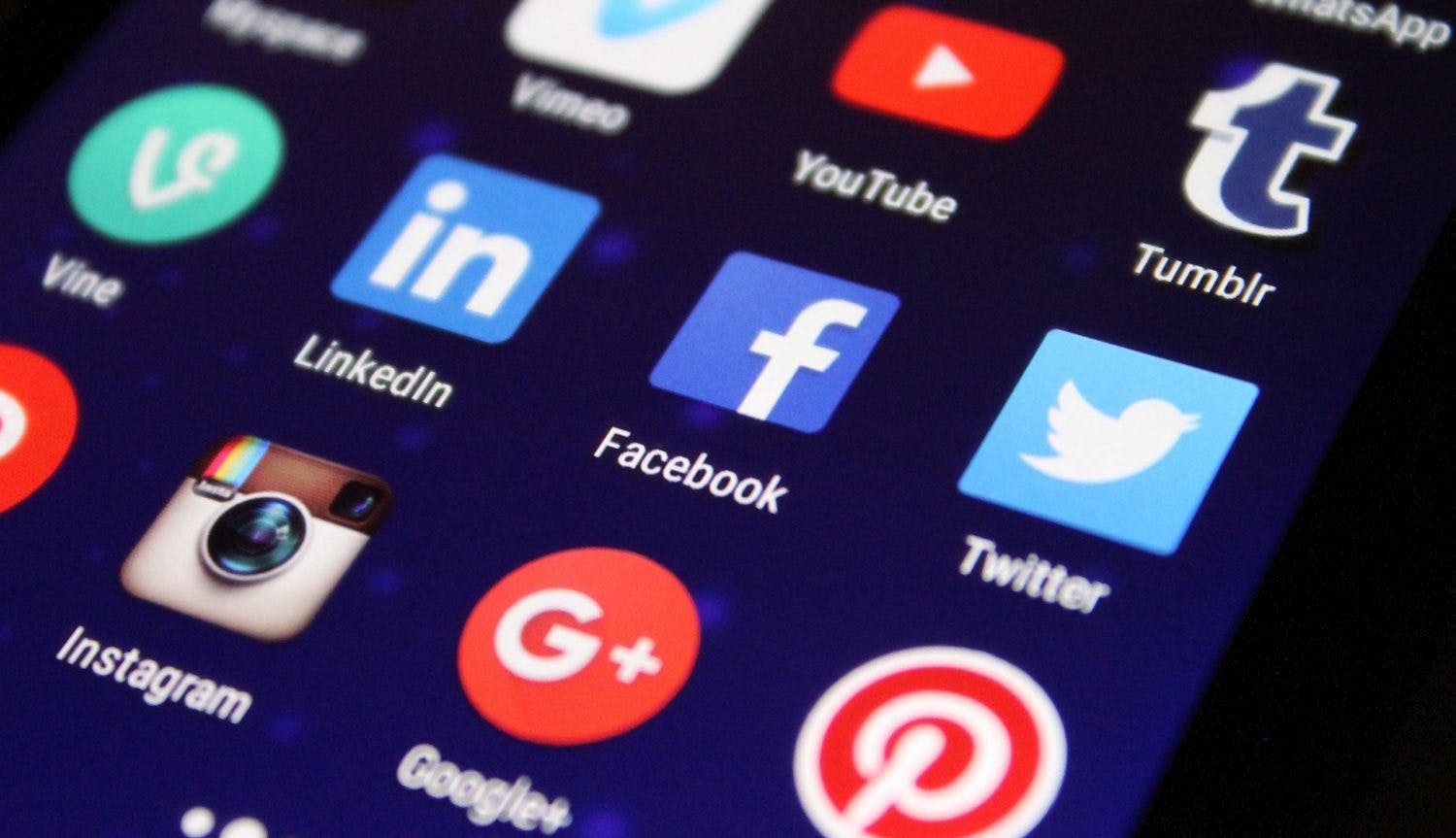
Website:
Facebook, Instagram, Twitter, LinkedIn, Pinterest, Snapchat and more!
What it does:
Social media sites like Facebook and Twitter are a great place to share ideas and information, and directly connect with large networks of people with the click of a button. In addition to being able to share information with people you are mutually connected with, most social media platforms allow businesses and brands to pay to get in front of audiences that they are not directly connected with, but who may be interested in the product, service, or cause.
Why it matters:
Social media provides an opportunity to connect with your target audience in an informal and highly personal way. Social media is a great tool to use to spread your message to the masses quickly and efficiently. Brands with large organic networks, or smaller but highly captive audiences, do not need to spend nearly as much on advertising as those who neglect their social media presence. Need more convincing? Here are some great stats to prove how valuable social media is:
- 71% of consumers who have had a positive social media experience with a brand are likely to recommend it to others.
(Source: Ambassador) - The average person spends 2 hours and 22 minutes on social networking and messaging sites every day.
(Source: Globalwebindex) - 54% of Social Browsers use social media to research products before they buy.
(Source: Globalwebindex)
How much it costs:
FREE!
Being active on social media and engaging with your customers and prospects is completely free. If you want to tap into a larger audience, you may want to put some ad spend behind your posts to increase their audience reach. This is optional, and the amount you spend is up to you.
3. Kickbooster Affiliate Marketing
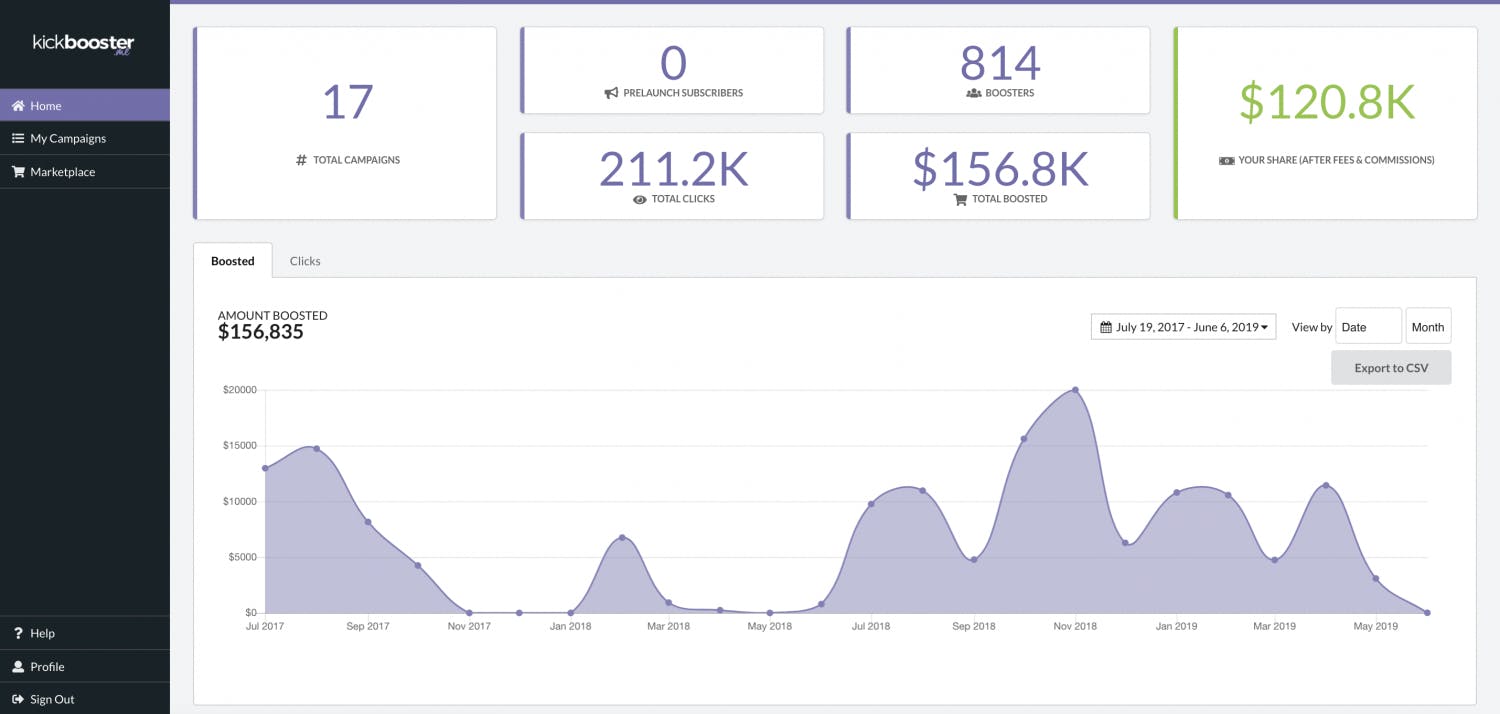
Website:
https://kickbooster.me/
What it does:
Kickbooster is the first and only tool made specifically for crowdfunding creators to manage their affiliate, referral, and influencer network all in one place. Kickbooster allows you to set up a customized referral program in minutes, so you can incentivize your backers, media partners, influencers, and personal networks to help you promote your project.
Why it matters:
49% of consumers depend on influencer recommendations on social media when making purchasing decisions, and 40% actually make a purchase after seeing it on social media (Source: Digital Marketing Institute). Offering a reward for a referral that leads to a pledge is a great way to encourage peer recommendations, and incentivize larger influencers and media outlets to talk about your project. This is one of the most cost-effective ways you can promote your campaign, since you only pay a commission on successful pledges— not on the total amount you raise.
How much it costs:
Kickbooster charges a flat fee of $39/month, plus a 3% administrative fee on pledges that come through Kickbooster links. The amount you choose to offer your affiliates for their successful referrals is up to you, however, it is recommended that you select a commission rate between 10-20% to remain competitive. It is important to note that you do not have to pay your commissions if your campaign does not reach its funding goal (this excludes flex funding campaigns).
Kickbooster for Kickstarter / Kickbooster for Indiegogo
Measuring Success:
1. Kickbooster Link Builder

Website:
https://kickbooster.me/
What it does:
Within Kickbooster’s Affiliate Marketing tool, you also have the ability to create tracking links that won’t generate a commission. These links are just for you to help monitor the success of your marketing. You can track how many clicks and pledges you get through your tracking links right in your Kickbooster dashboard. For example, if you wanted to see which of your Facebook or YouTube ads were generating more results, you could create a special link for each ad and monitor the performance in Kickbooster. Here, you can easily identify the link by giving it a memorable name. You can see how many clicks it gets, the total pledge value raised, the number of referrals, and how well it is converting.
Why it matters:
Knowing how your ads are performing and which marketing mediums are the most lucrative is critical to the success of your marketing campaign. You only have so much to spend on marketing your crowdfunding campaign, so you should put your dollars where you know you’ll get the highest return.
How much it costs:
FREE!*
*Kickbooster’s Link Builder is a nice bonus to running a Kickbooster Affiliate Marketing Program. Kickbooster charges a monthly fee for use of the Affiliate Marketing Tool.
2. Google Analytics
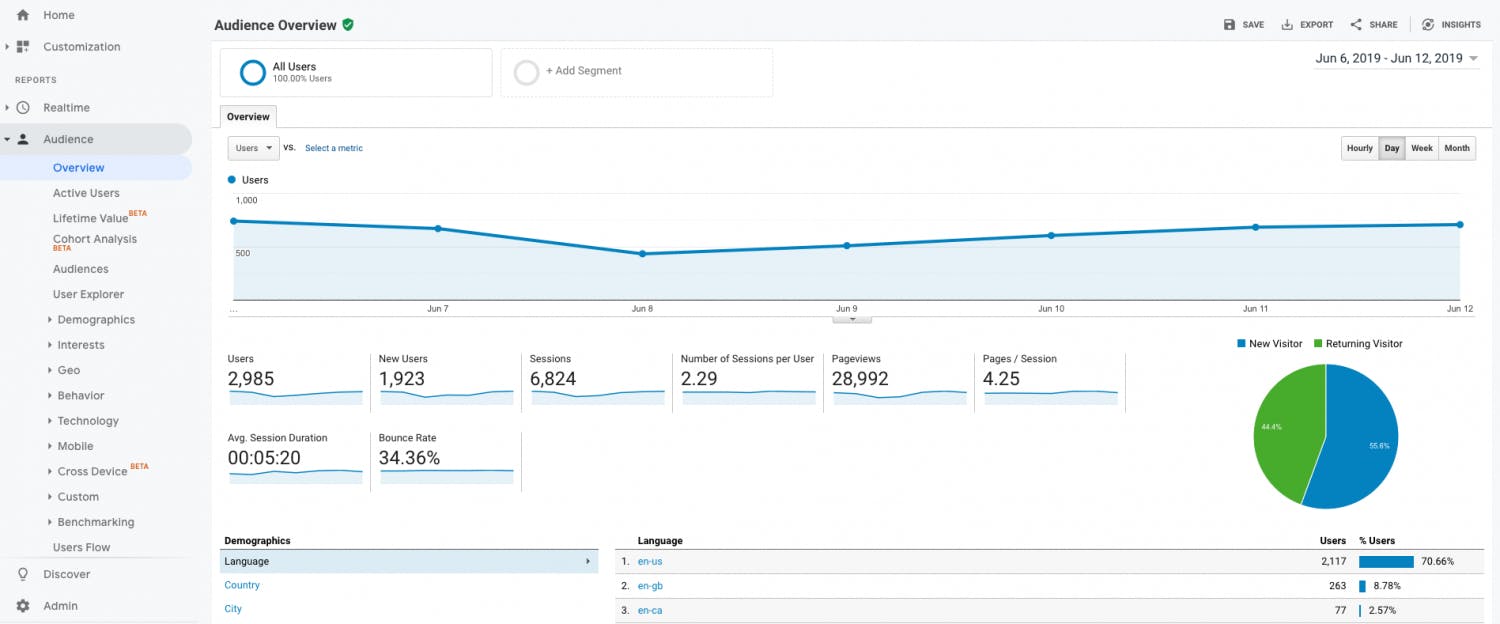
Website:
https://analytics.google.com/
What it does:
Google Analytics is a staple for any and every crowdfunding campaign. It tracks and reports website activity (including your Kickstarter or Indiegogo campaign page), and provides you deep insights so you can understand where your customers are coming from, who they are, and their behavior.
PSA: If you’re running a campaign on Kickstarter, you have to check out this article! Not only does it show you how to connect Google Analytics to your Kickstarter campaign page, but it also provides some helpful tips, tricks, and explanations to help you realize the full value of the tool.
Why it matters:
Understanding who your customer is, where they spend their time, and how they shop is an integral part of your marketing campaign.
How much it costs:
FREE!
Nil. Nada. Nix.
Marketing terms, definitions, and examples
While it is great to have access to piles of data and analytics from your campaign, it is only valuable if you know what you’re looking at! Here are a few popular marketing metrics you should know and monitor during your campaign.
Reach
Definition: The total number of people that have seen your marketing content.
Example: You’re running a paid advertisement on Facebook, and go to look at the analytics to see how it’s performing. Facebook tells you that your ad has received 300 impressions and has a reach of 100. This means that 100 unique people saw your ad, and that the average viewer has seen your ad 3 times.
Impression
Definition: The number of times your marketing content has been seen.
Example: If your Facebook ad received 300 impressions, it means it was viewed 300 times. This does not mean that 300 people have seen your ad— it could have been viewed multiple times by a single person.
Frequency
Definition: The average number of times your marketing content is viewed per person.
Example: If your advertisement on Facebook has received 300 impressions and reached 100 people, your ad’s frequency is 3 (meaning the average viewer has seen your ad 3 times). Calculate frequency by dividing total impressions by total reach.
Conversion rate
Definition: The proportion of people that complete a desired action.
Example: You will have multiple conversion events within a single marketing campaign: when a person clicks on your ad, when a person signs up to your mailing list, when a person backs your campaign, etc. If 150 people visit your campaign pre-launch landing page, and 30 of those visitors complete a contact form to join your email list, then your landing page converts at a rate of 20%. This means that an average of 1 out of every 5 people that visit your landing page will fill out your email contact form.
Click-through rate (CTR)
Definition: The number of clicks a piece of marketing content gets in respect to the number of impressions.
Example: If your Facebook advertisement gets 200 impressions and has received 40 clicks, it has a CTR rate of 20%. This means that your ad will get an average of 1 click for every 5 times it is seen.
Bounce rate
Definition: The proportion of site (or campaign page) visitors that land on a web page and navigate away from it without taking any action (clicking on a link or going to another page on the site). A low bounce rate is desirable.
Example: If your Google AdWords campaign sends 100 people to your website home page and 70 of them click at least one link or button, 10 navigate to another page on the site, and 20 navigate away from the site without taking any action, your website would have a bounce rate of 20%.
Cost per lead (CPL)
Definition: The total cost of acquiring a lead for your business.
Example: You paid $500 to run an advertisement on Facebook driving people to your landing page (which cost $150 to build and host) to sign up to your email list. Your ad campaign resulted in 80 new unique names and email addresses. The total cost of acquiring those leads was $650, making the cost per lead $8.13.
Customer acquisition cost (CAC)
Definition: The cost associated with “convincing” a person to become a customer.
Example: If it costs $8.13 to acquire a lead (using the CPL example), and it took 2 hours of your sales person’s time to convert the lead to a paying customer at a $20 hourly wage, your customer acquisition cost would be $48.13.
Cost per click (CPC)
Definition: An advertising model where you pay per click that your marketing content gets.
Example: If Facebook charges you $0.40 every time your ad is served (or for every impression it gets) and it takes 5 impressions before your ad is clicked, the cost of the click would be $2.00.
Return on investment (ROI)
Definition: The ratio between the net profit and cost of your marketing investment.
Example: An advertising campaign that generates $2,000 in profit cost you $500 to run. The return on your $500 investment is 400%, or 4x what you spent to acquire the sales.
Plan, prepare, and promote
Set yourself up for a successful crowdfunding campaign by planning ahead of time and learning from those who have done it before (check out some of these highly successful projects). The more you can prepare, the less you’ll have to scramble, and the harder you can knock the inevitable curve balls that come at you right outta the park!

